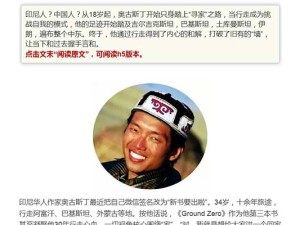Just across the river border, even the grilled meat looks very different, despite of the same name, kabab. Oh, it also gets a Russian name here, sashlik. Before actually physically stepped on the country, I had heard, and seen Tajikistan when I was still in Afghanistan. It is the country idolized by many people in the Badakhshan province. It is the country of freedom, flourished by goods, electricity, and public services. It is the country where women can walk on the streets freely without fear of not covering properly. Now, I am in Tajikistan, seeing and experiencing what man of the northern rural Afghans dreaming about. But for me, Tajikistan is not about dream. According to a reference, the average salary of the people in the country was only 61.81 Somoni (US$ 19.93/month, 2005) and average pension was as low as 16.92 Somoni (US$ 5.23/month, 2005). Life cost is not cheap at all, at least in Dushanbe, compared to the low income statistics. Long distance transport was incredibly
[read more]

